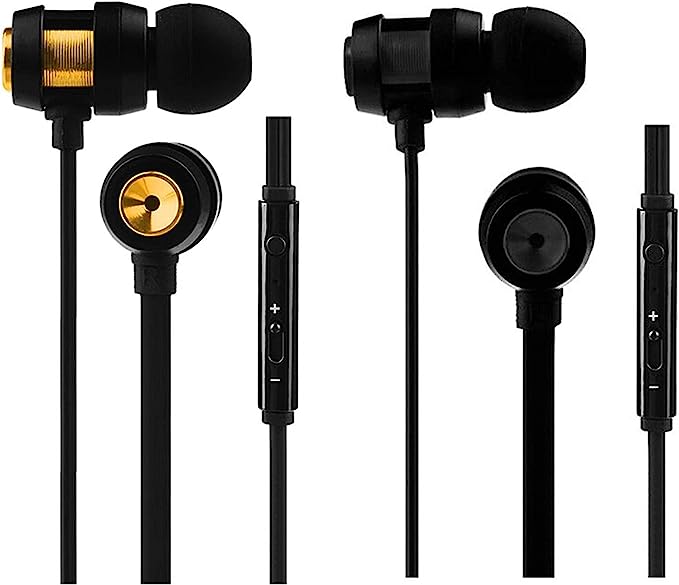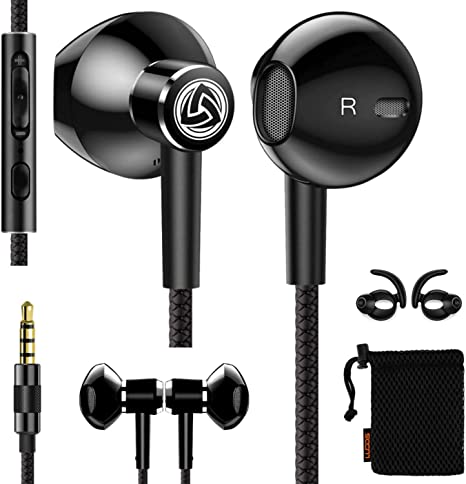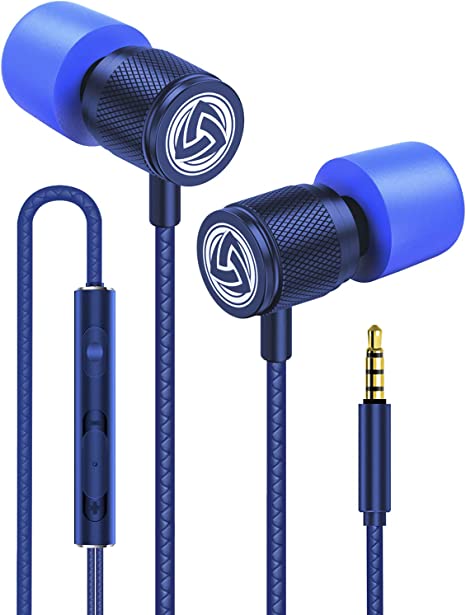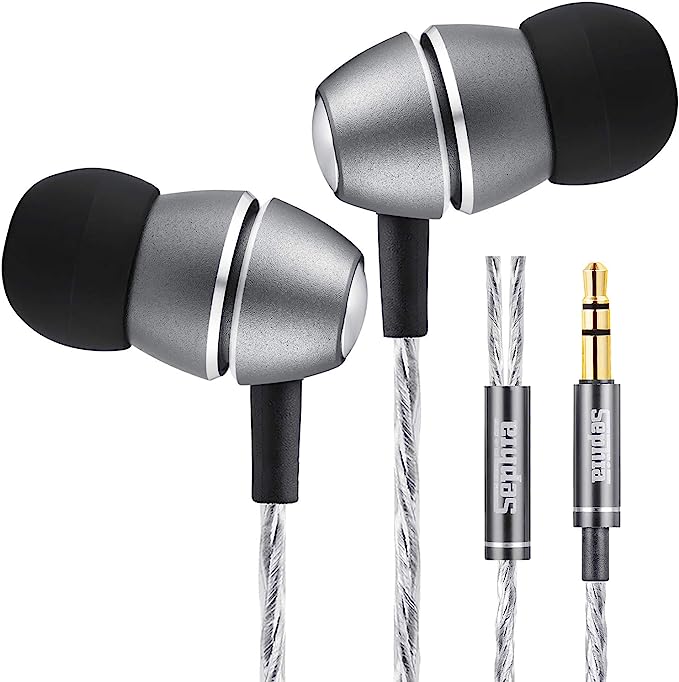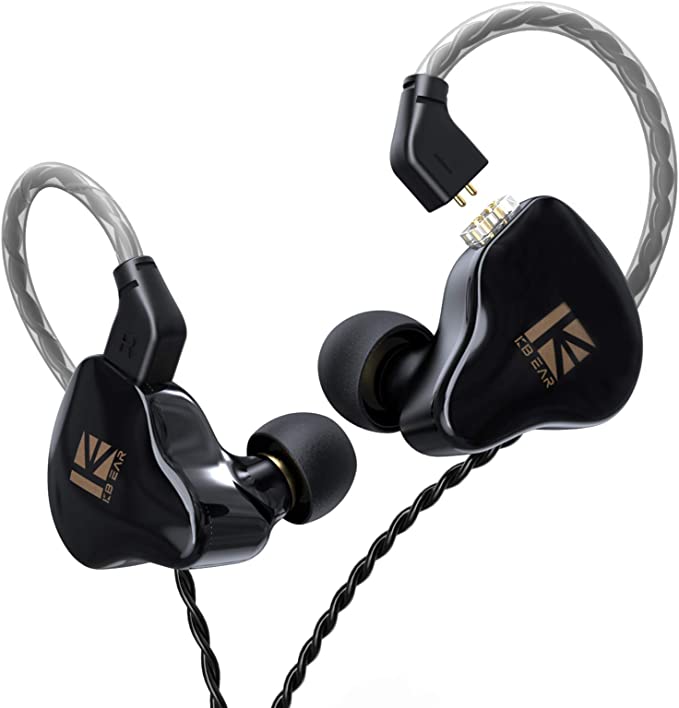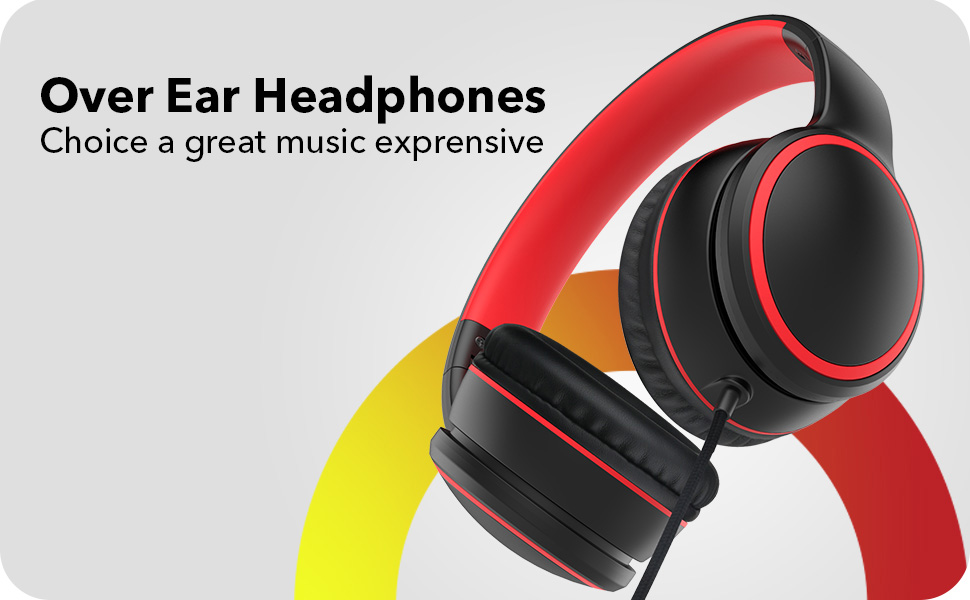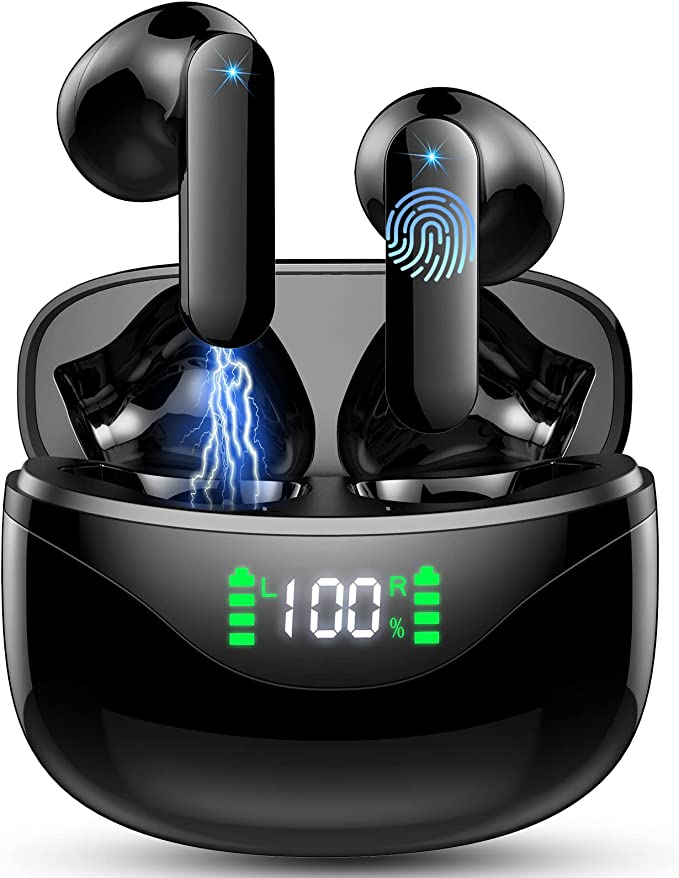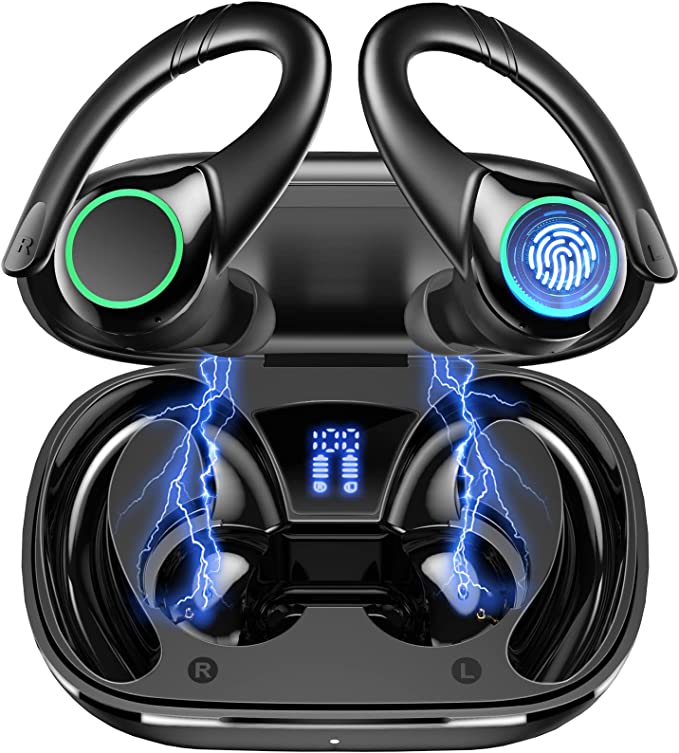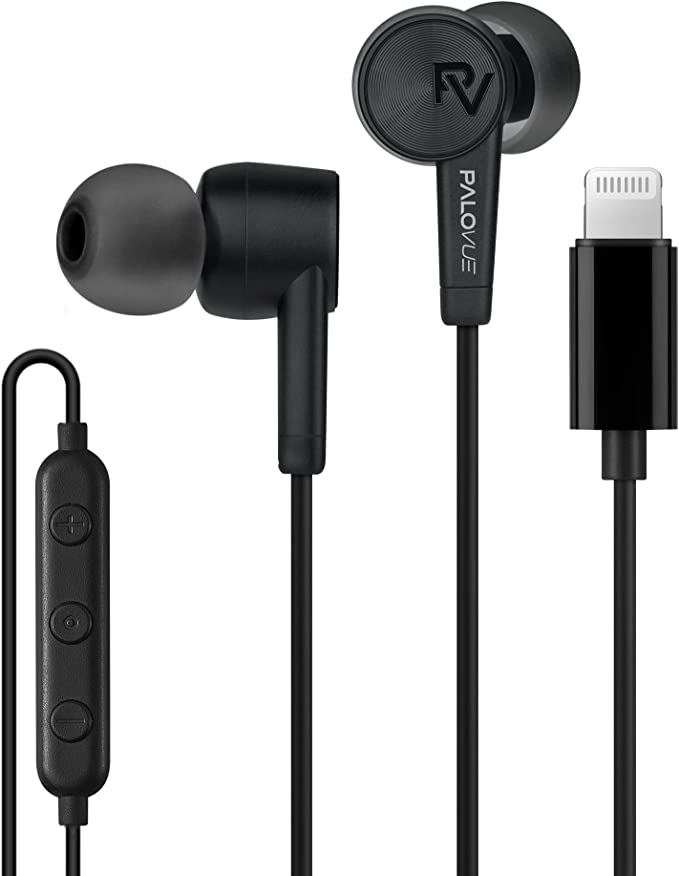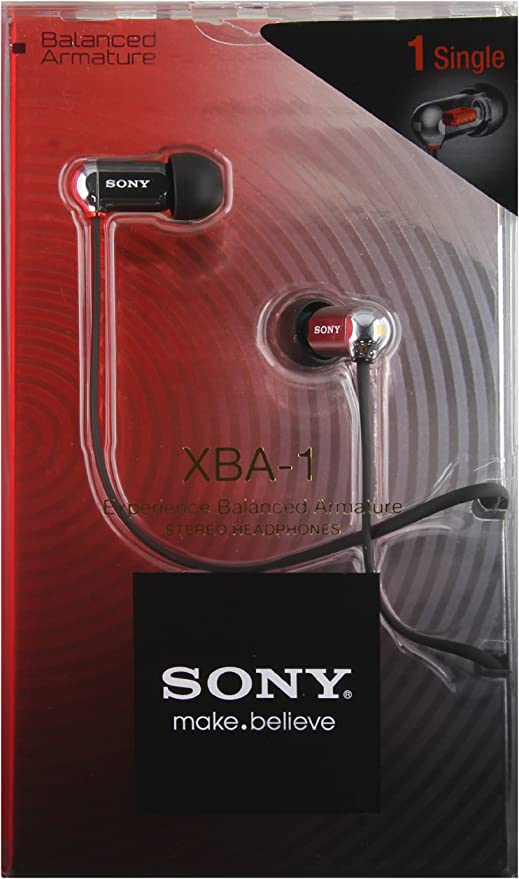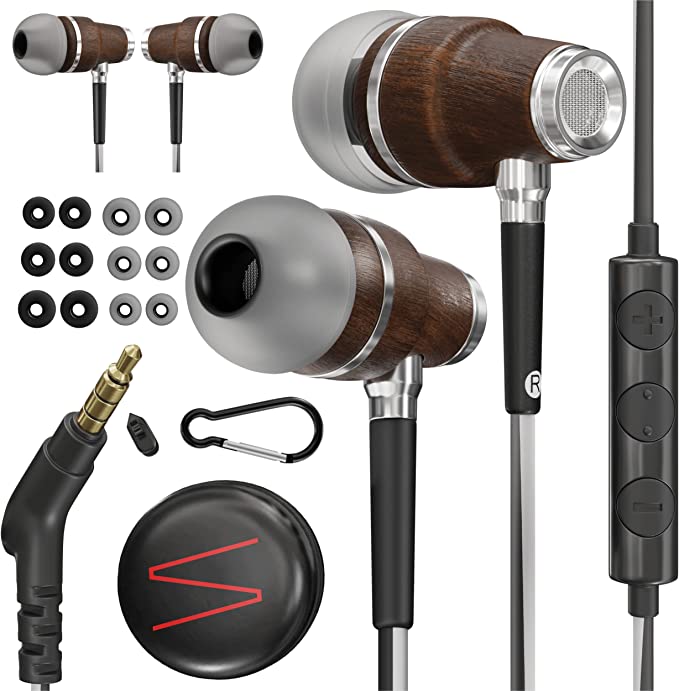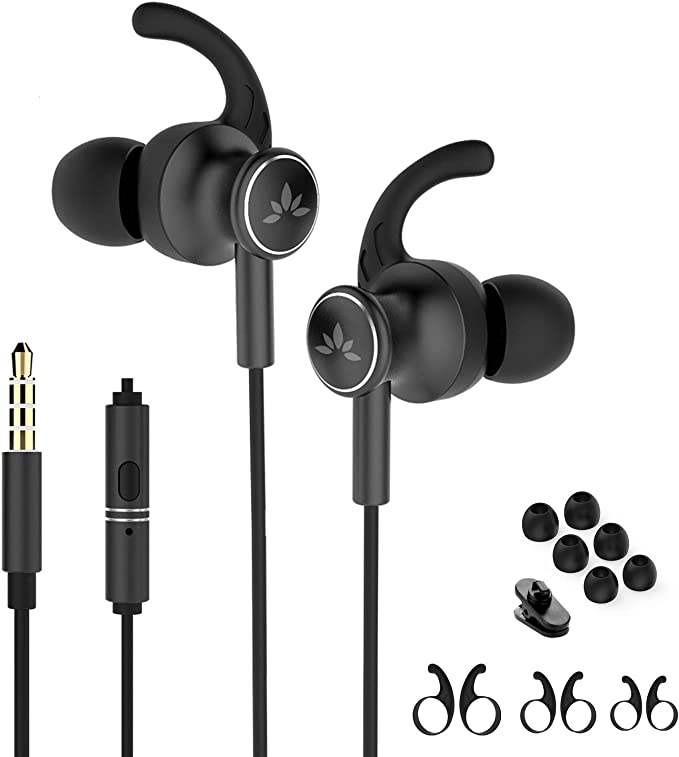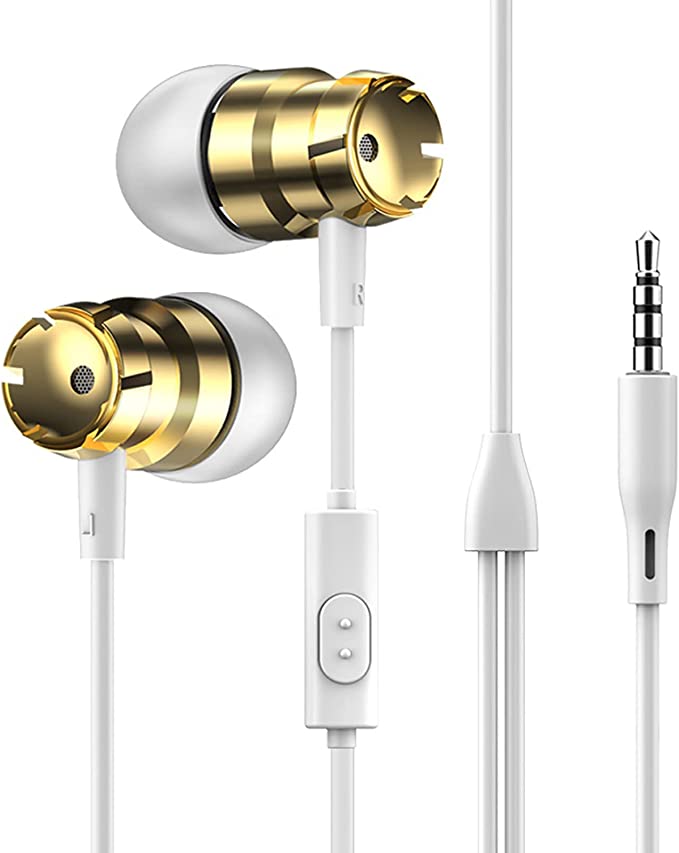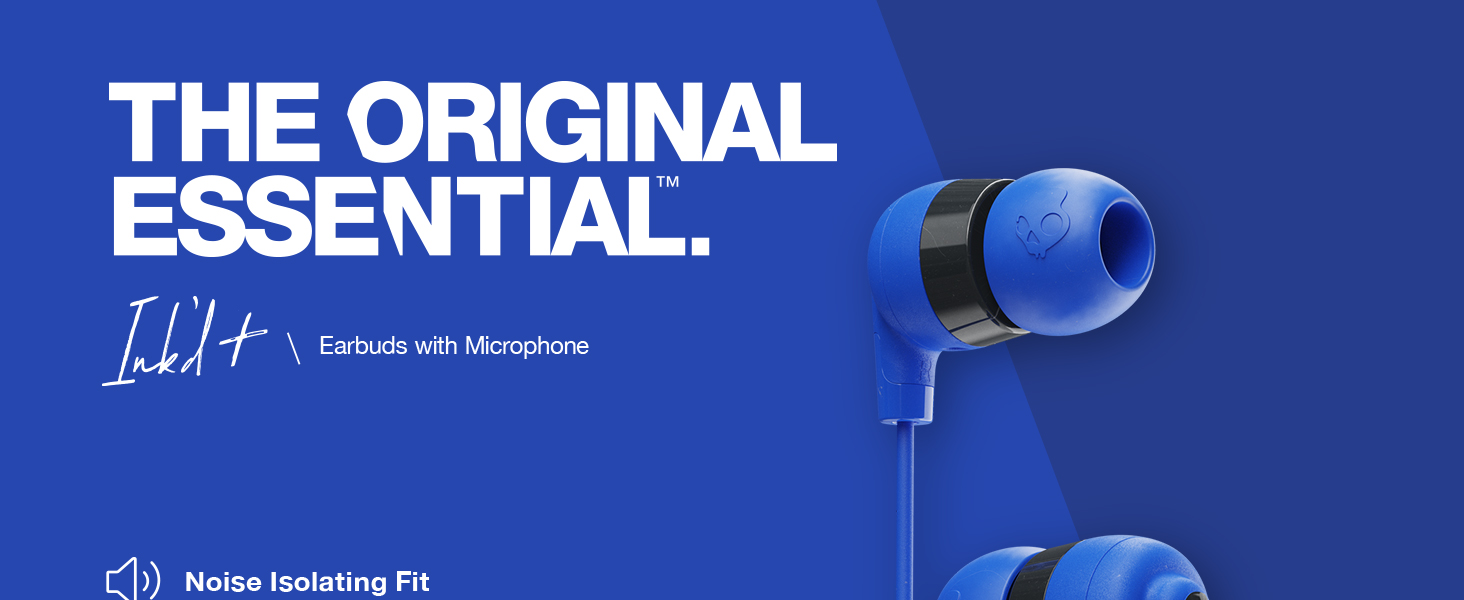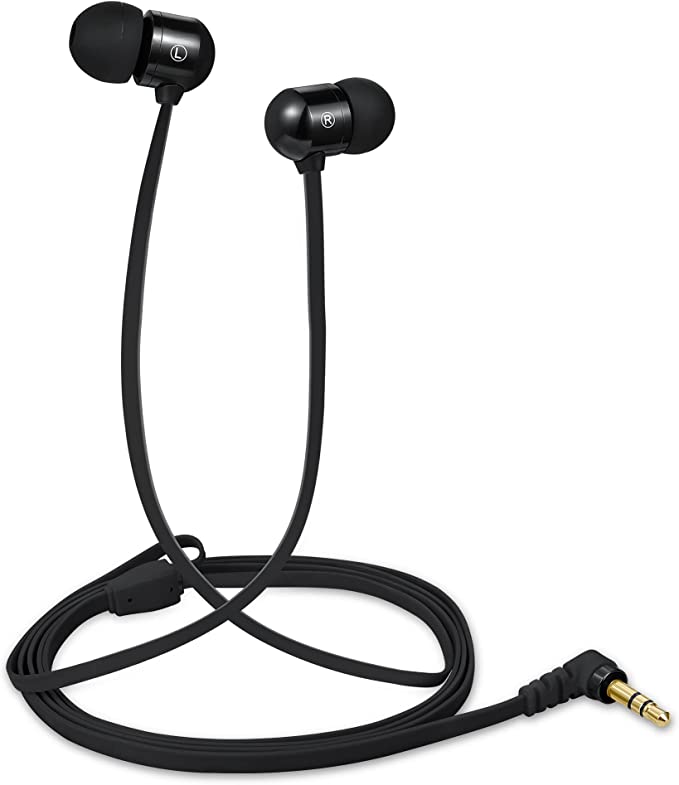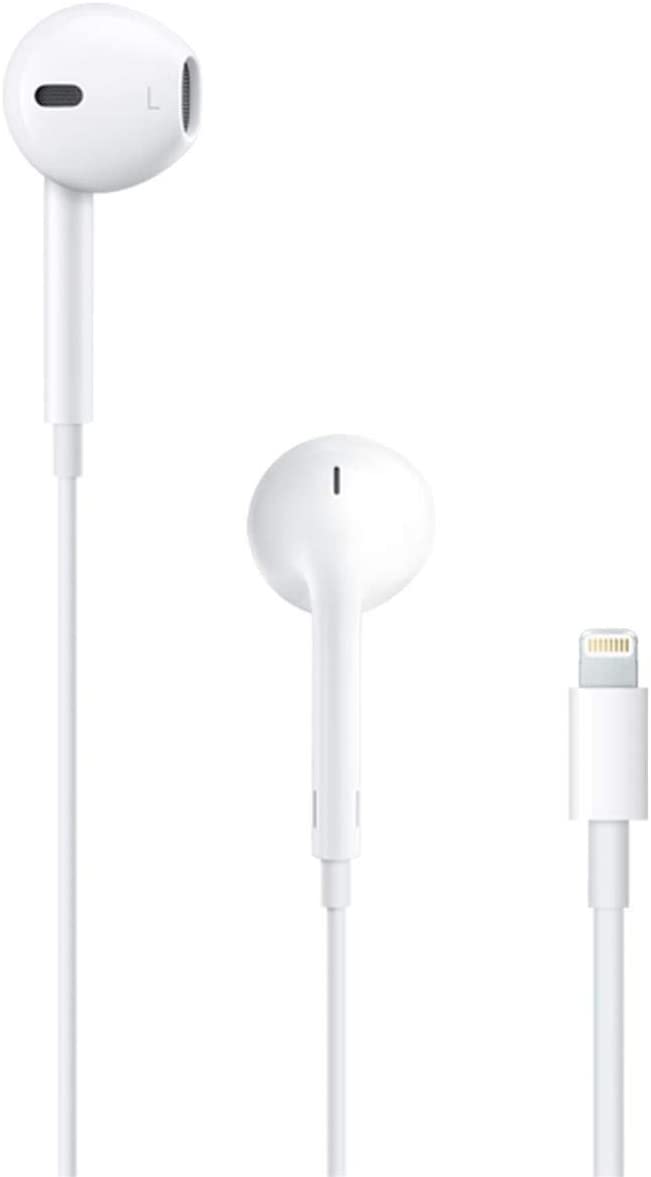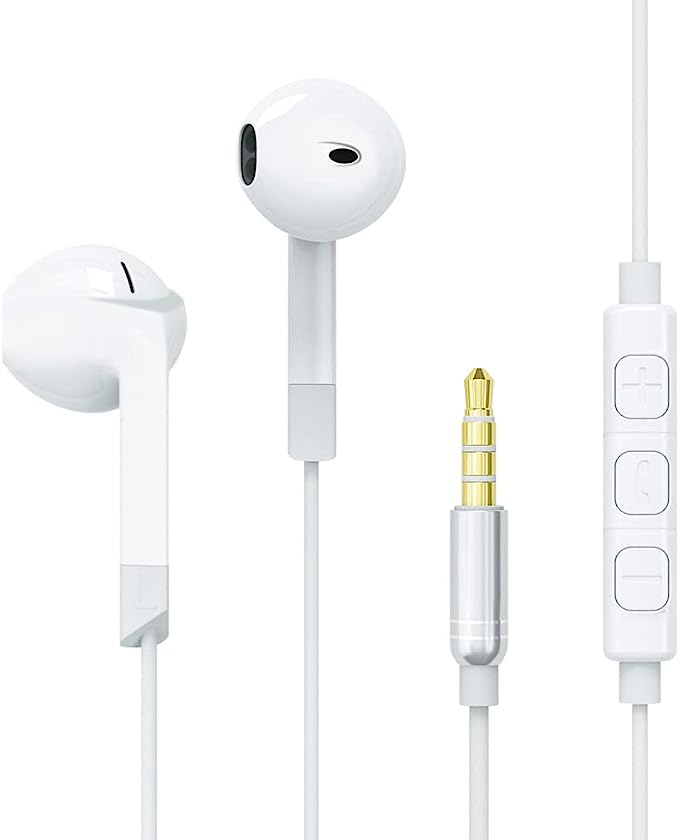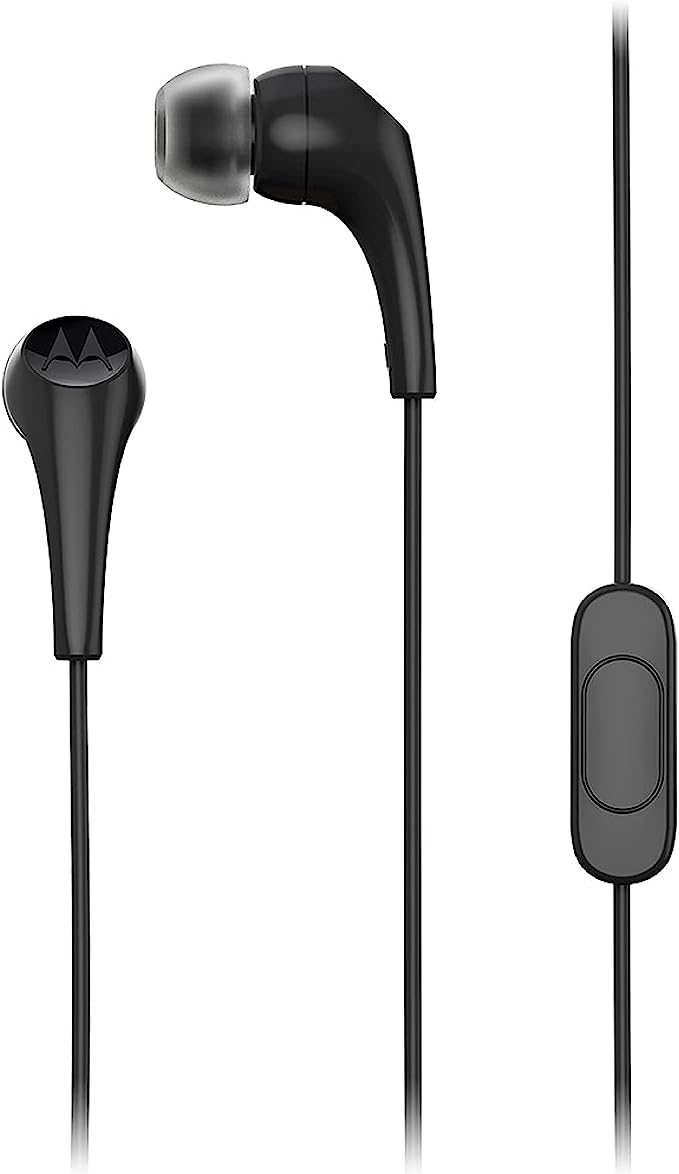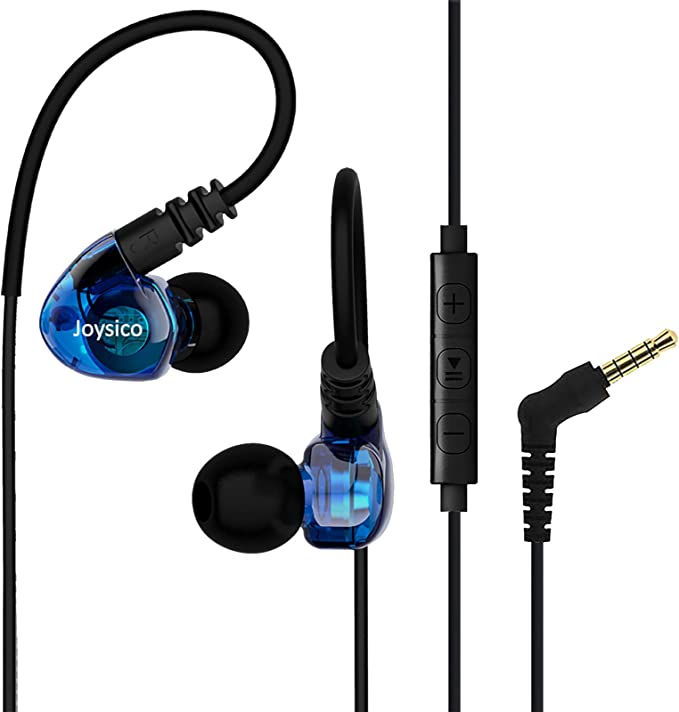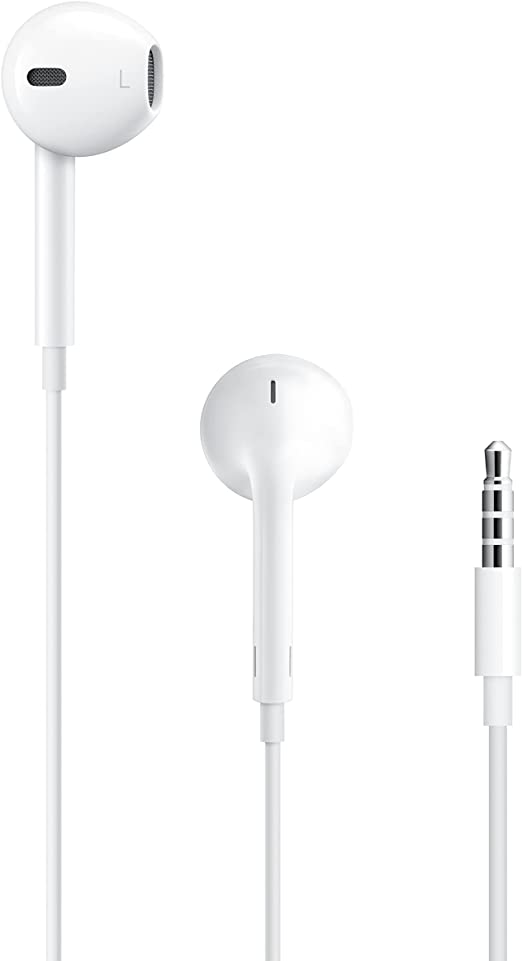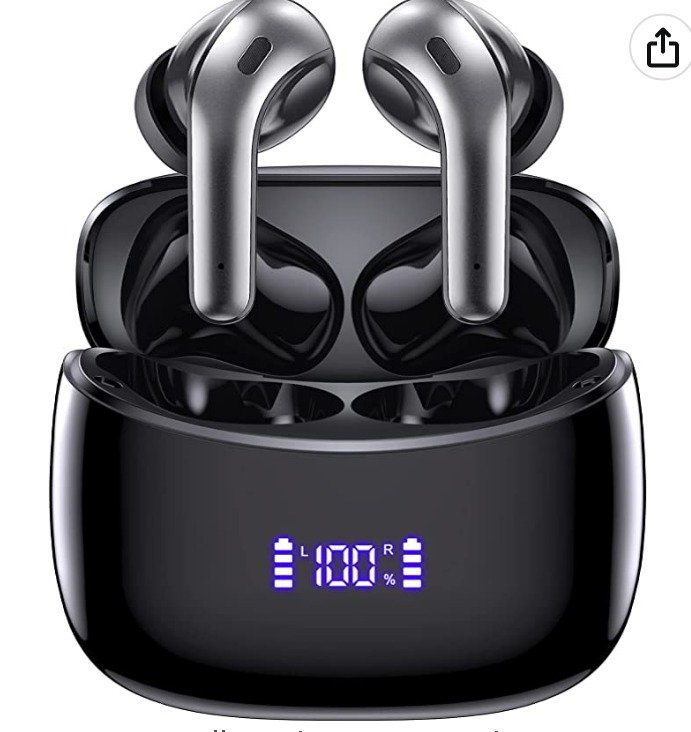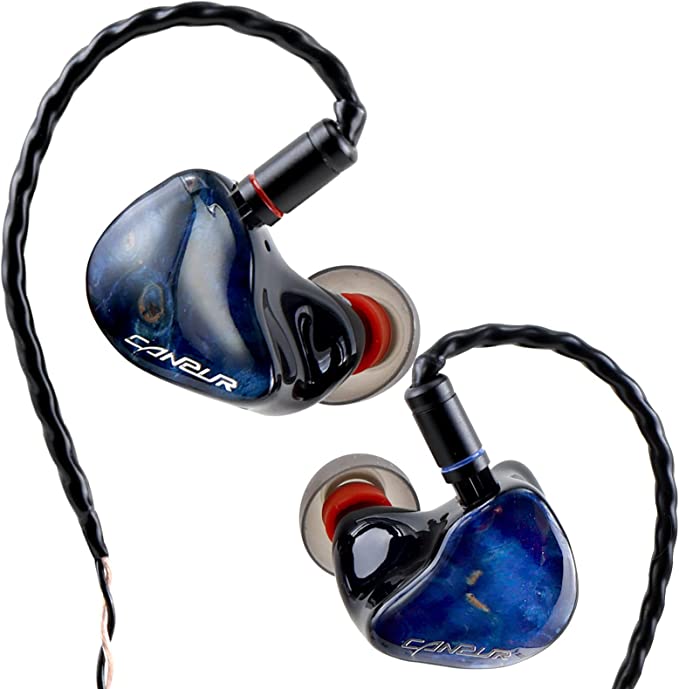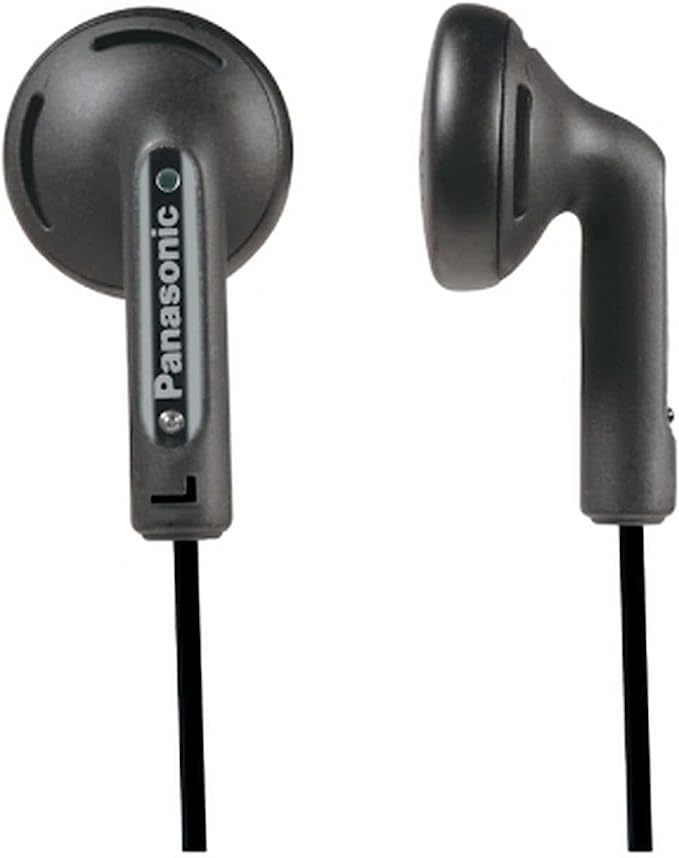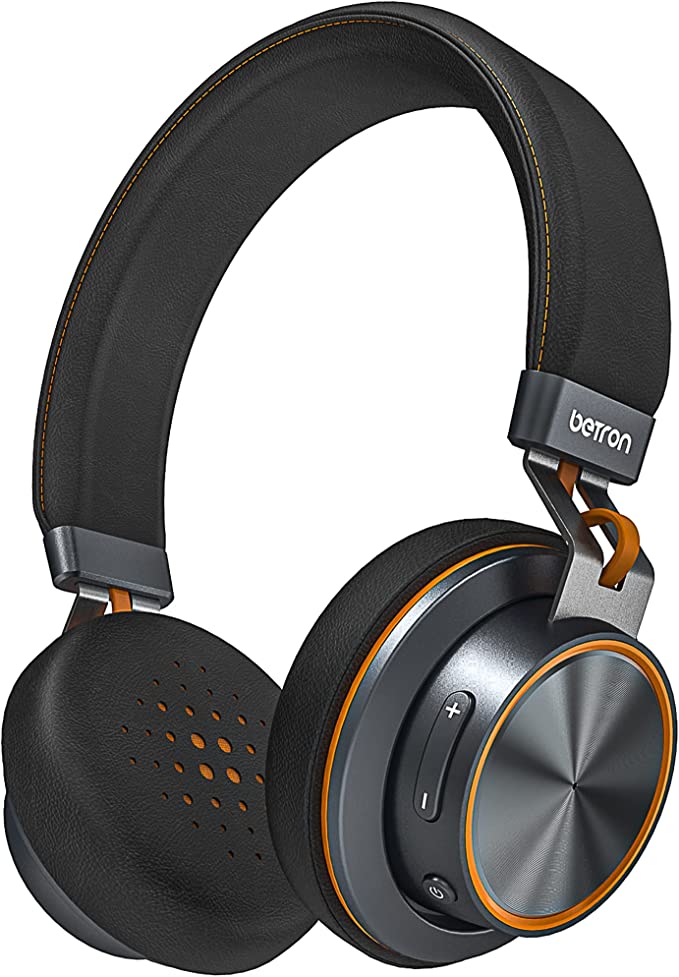Sephia SP2040 Earbuds – Enhanced Sound Quality and Comfort
Update on June 28, 2025, 5:26 a.m.
There’s a distinctly modern form of anxiety that settles in sometime around midafternoon. It’s the anxiety of the blinking red light on your wireless earbuds, the frantic Bluetooth re-pairing dance before a crucial call, the constant barrage of notifications that turn your private soundscape into a public bulletin board. We’re living in a wireless wonderland, yet for many of us, the simple act of listening to music has become tangled in a web of batteries, connections, and interruptions. It begs the question: what if the purest path to our music isn’t forward into more complex tech, but a step back to elegant simplicity?
This brings us to the humble wired earbud, a device some might dismiss as a relic. But looking at a product like the sephia SP2040 Earbuds, it becomes clear that this isn’t a compromise; it’s a choice. It’s a case study in how a deep understanding of fundamental physics and materials science can deliver an audio experience that is both profound and profoundly affordable. Think of these earbuds not as a piece of tech, but as an acoustic key, designed to unlock a private world of sound. And every part of that key is crafted with purpose.

The First Turn of the Key: Forging the Sacred Seal
Before you can appreciate the intricate details of a song, you must first quiet the world around you. This is the first and most crucial job of any in-ear headphone. The SP2040 achieves this not with power-hungry electronics, but with the elegant principle of Passive Noise Isolation. It’s the acoustic equivalent of soundproofing a room: before you install the speakers, you have to seal the doors and windows.
The effectiveness of this seal comes down to the single most critical, yet often overlooked, component of your earbuds: the eartips. They are the teeth of our acoustic key, and their shape determines whether the lock will turn. The SP2040 wisely provides a full set:
* Silicone Tips: These are the reliable, everyday option—durable, easy to clean, and providing a solid seal for most ear shapes.
* Memory Foam Tips: This is where the real magic happens. Memory foam is a viscoelastic polyurethane material. In plain English, that means it’s a brilliant energy absorber. When you compress it and place it in your ear, your body heat causes it to slowly expand, creating a near-perfect, custom-molded plug. Its open-cell internal structure acts like a maze for sound waves, trapping them and converting their acoustic energy into an imperceptible amount of heat. This process, known as acoustic damping, is remarkably effective at reducing the constant, high-frequency drone of city life—the hiss of bus brakes, the chatter of a crowded cafe—allowing your music to flourish in a space of engineered silence.

The Heart of the Key: The Art of Moving Air
With the outside world held at bay, the second part of the key comes into play: the engine that creates the sound itself. Inside each SP2040 earbud sits a 10mm dynamic driver. Imagine a miniature, high-performance drum skin. When an electrical signal from your phone travels down the wire, it causes this diaphragm to vibrate with incredible precision, pushing the air in your ear canal to create the sound waves we perceive as music.
The size of this driver matters. A 10mm diaphragm has a relatively large surface area for an earbud, allowing it to move a greater volume of air. This is fundamental to producing powerful, low-frequency sound. It’s why one reviewer, a fan of reggae and dub music, was so impressed, describing bass that could “demolish buildings.” This isn’t just marketing hyperbole; it’s the tangible result of physics. The SP2040 is engineered to deliver a “bass-driven” experience, a sound signature that adds weight and impact to modern music.
This performance is achieved without demanding much from your device. With an impedance of just 12 Ohms, these earbuds are incredibly easy to power. Your smartphone’s headphone jack can make them sing without needing to crank the volume to draining levels. Of course, this bass-forward tuning isn’t for everyone. Some listeners might find it overpowering for delicate acoustic or classical pieces, a valid critique that highlights how sound is ultimately a matter of personal taste. But for those who want to feel their music, this deliberate tuning is a feature, not a flaw.

The Body of the Key: A Philosophy of Focus
If the eartips and drivers are the functional parts of our acoustic key, the physical design is its philosophy. Every choice tells a story about the product’s intended purpose. The tangle-free cord is a quiet triumph over the daily frustration of excavating a knot of “pocket spaghetti.” The gold-plated 3.5mm plug is more than a touch of flair; gold is highly resistant to oxidation, the creeping corrosion that can introduce static and signal loss over time, ensuring a clean connection for years.
Perhaps the most telling design choice is what’s missing: a microphone. In an age of multitasking, this omission feels radical. It declares that the SP2040 is a unipurpose tool. It is not for conference calls, for barking commands at a voice assistant, or for juggling notifications. It is a device for one thing and one thing only: listening. By stripping away extraneous functions, all of its engineering and material value is funneled directly into sound reproduction. It’s a tool for focus in an era of digital distraction.
In the end, the Sephia SP2040 is a powerful reminder that the most impressive technology isn’t always the most complex or expensive. Its strength lies in its mastery of the basics—the physics of a good seal, the mechanics of moving air, and a design philosophy that champions a pure, uninterrupted connection to our music. It’s an acoustic key that doesn’t require a battery or a software update. It just requires you to plug in, press play, and unlock the door to your own private world of sound.
